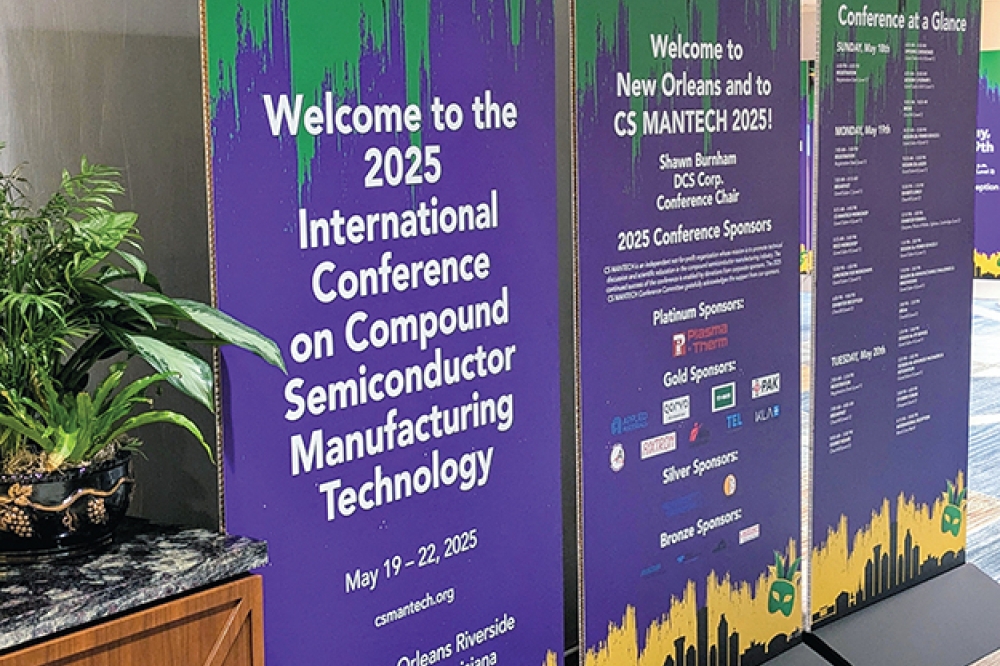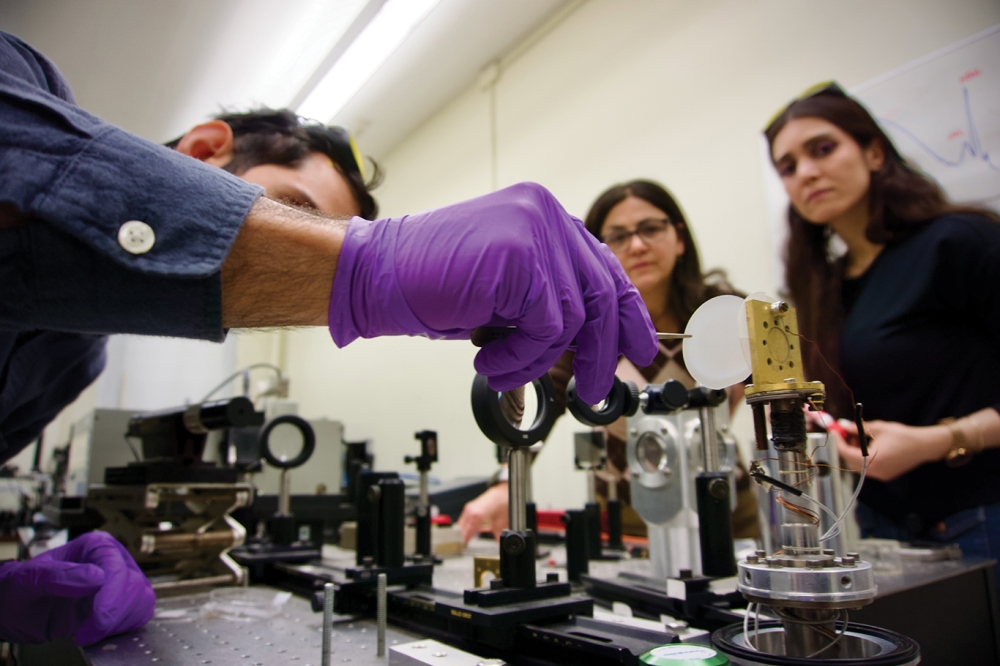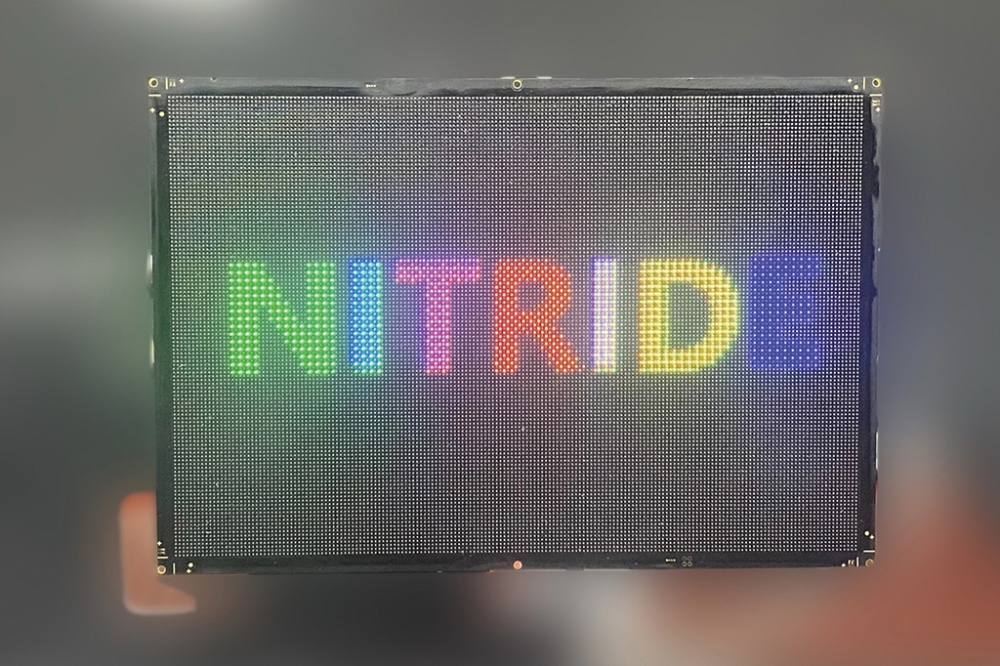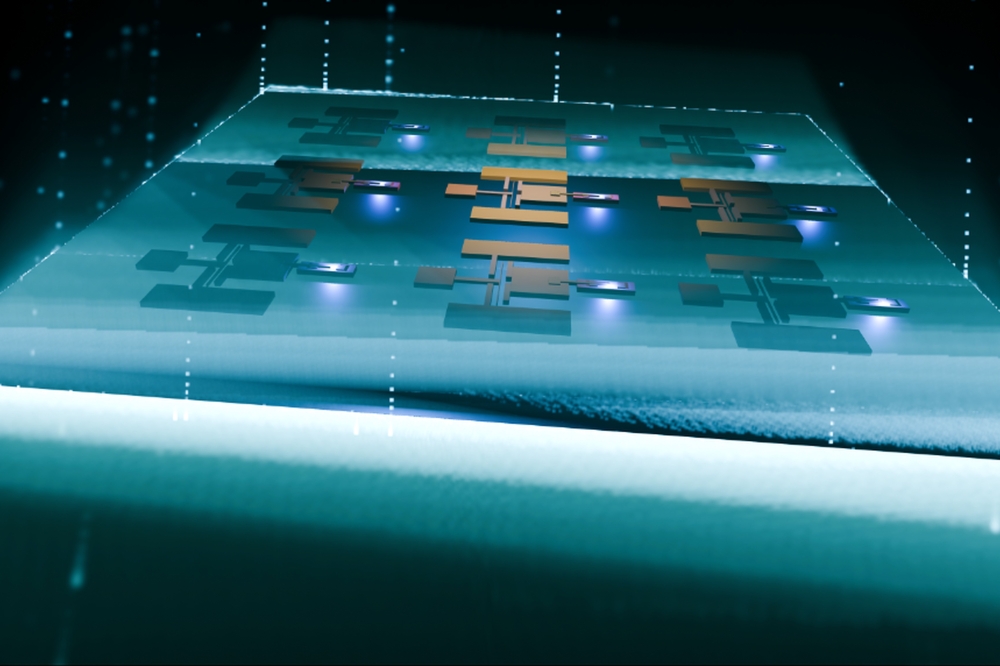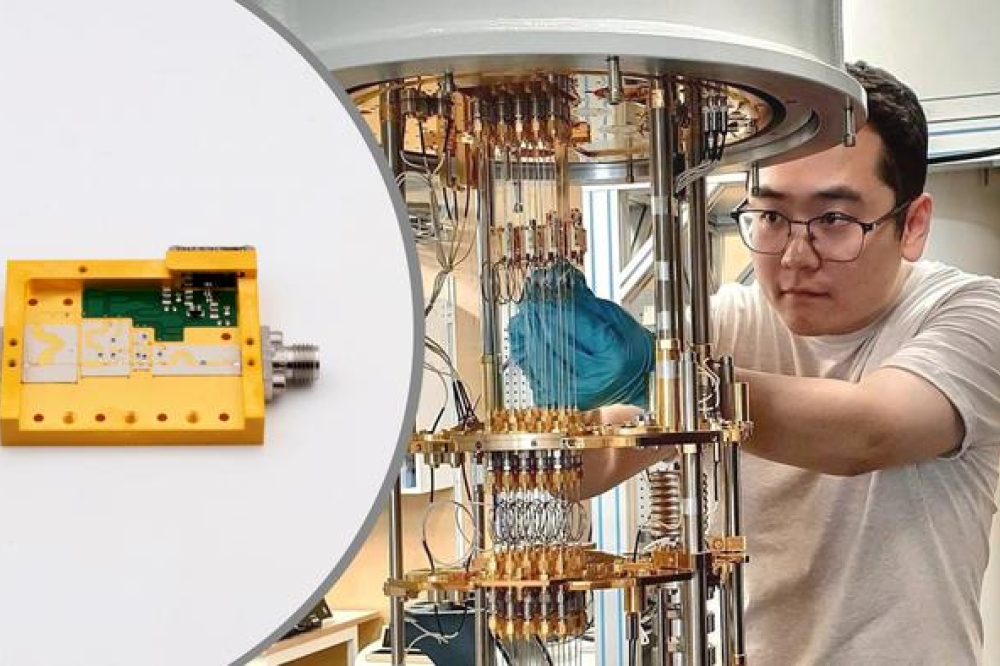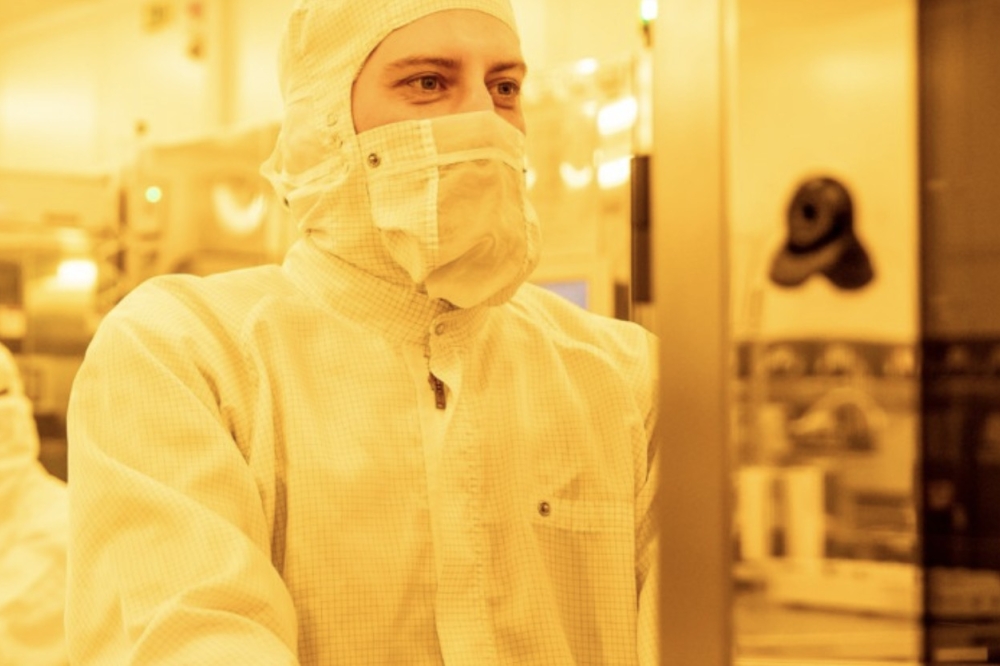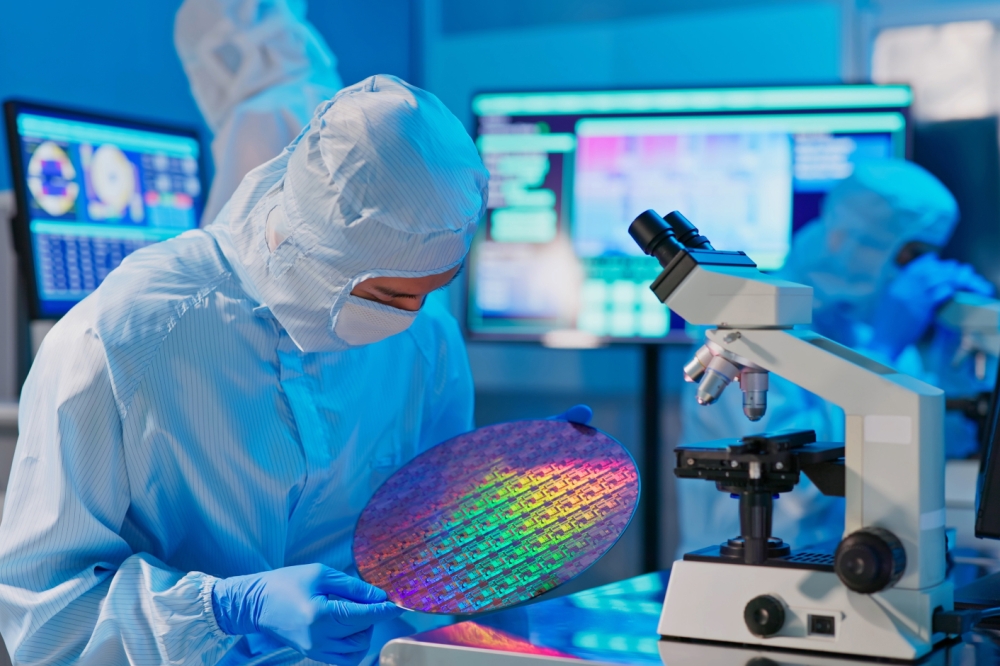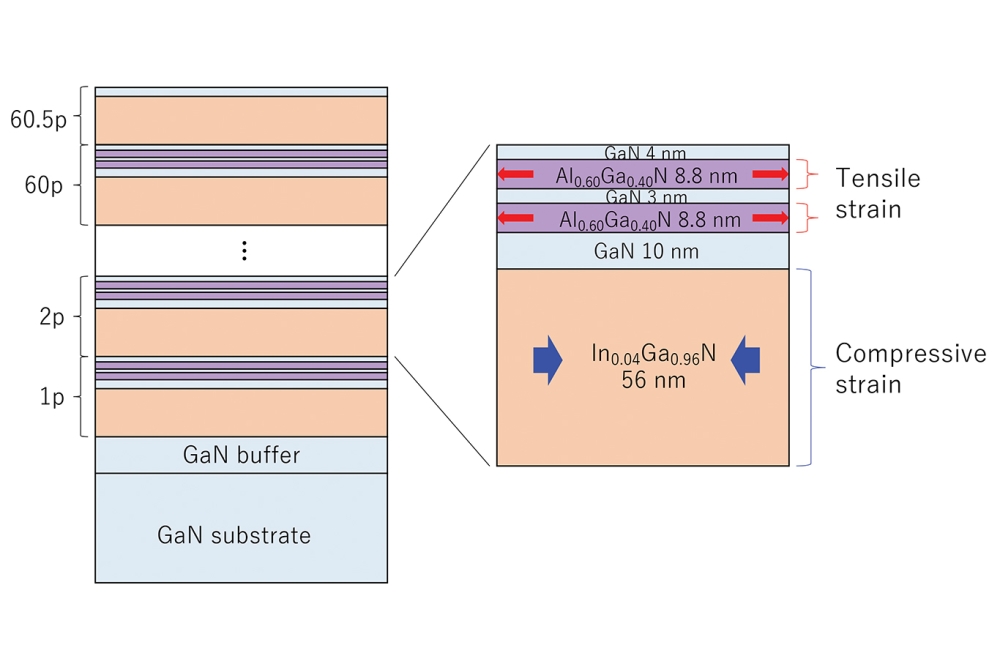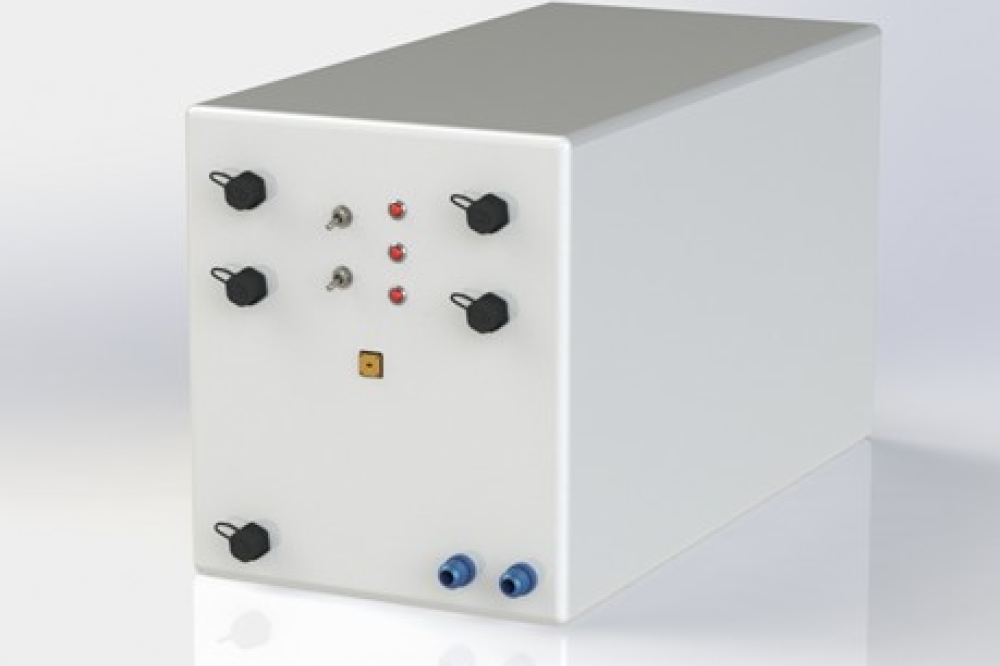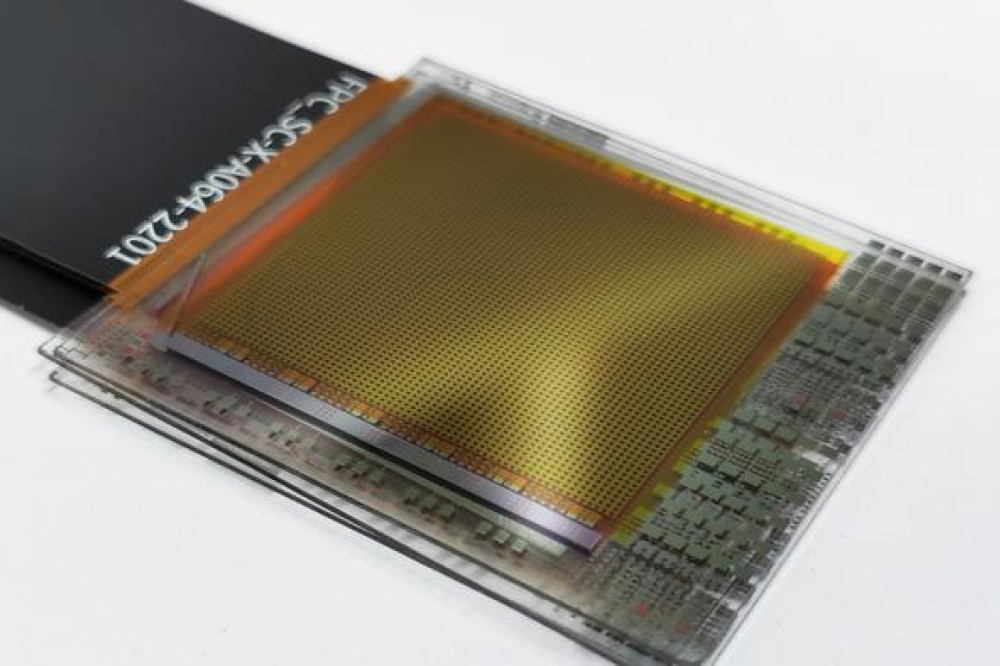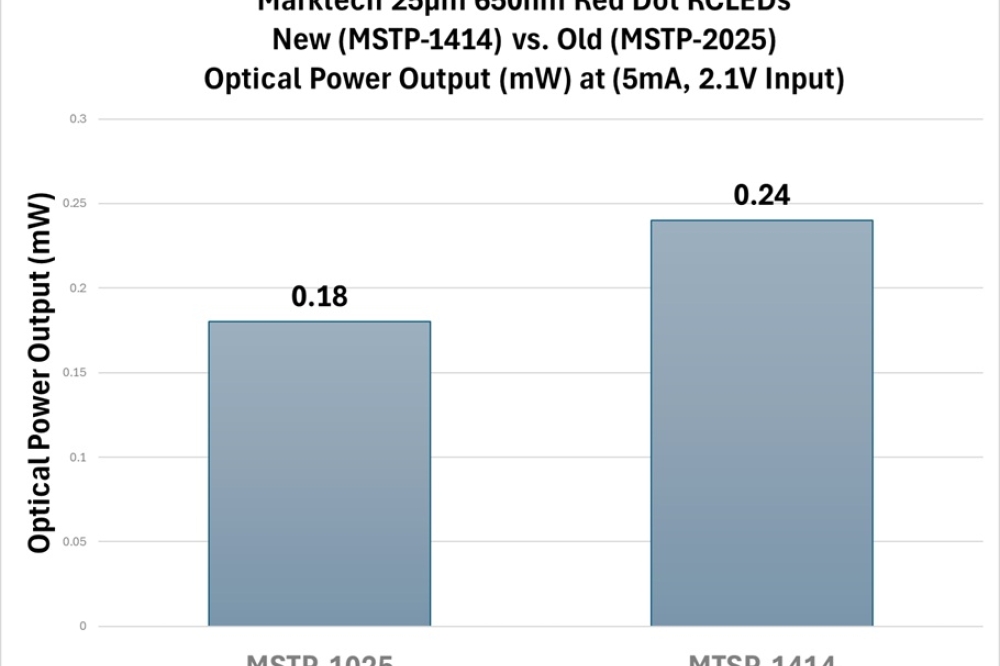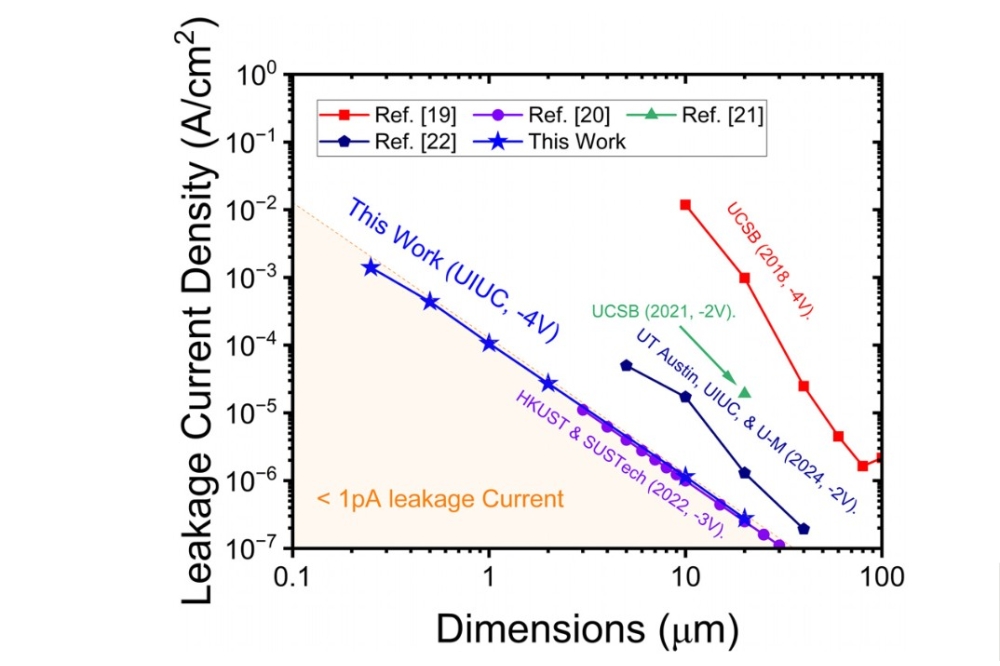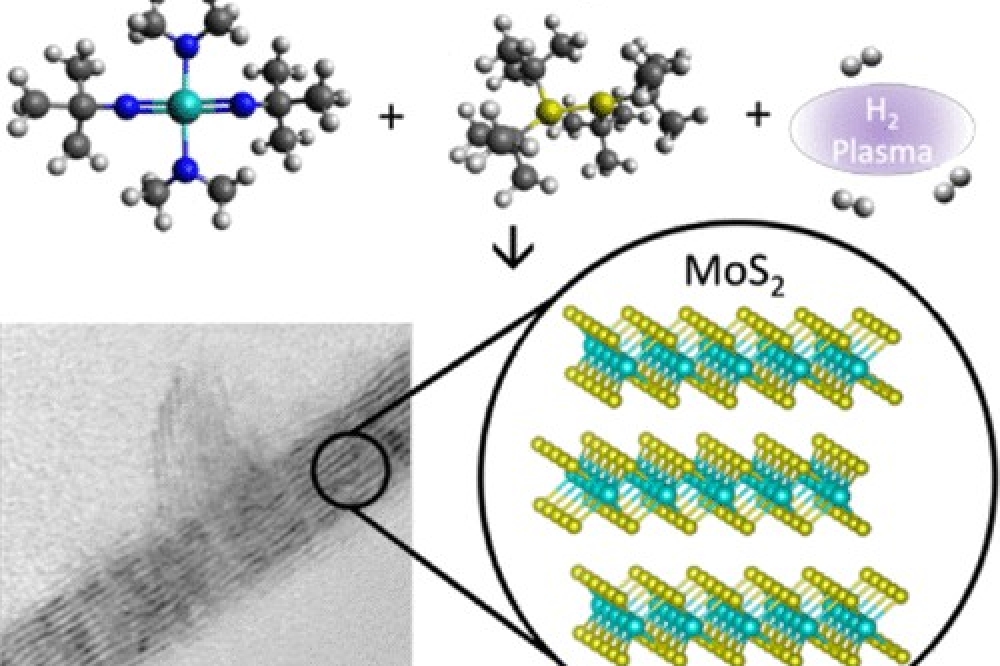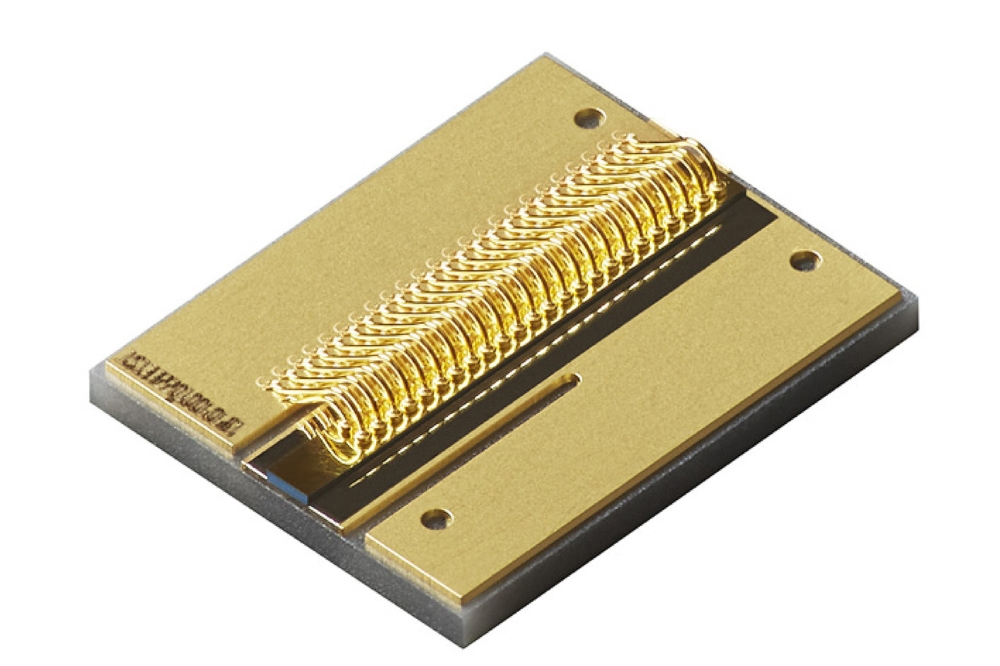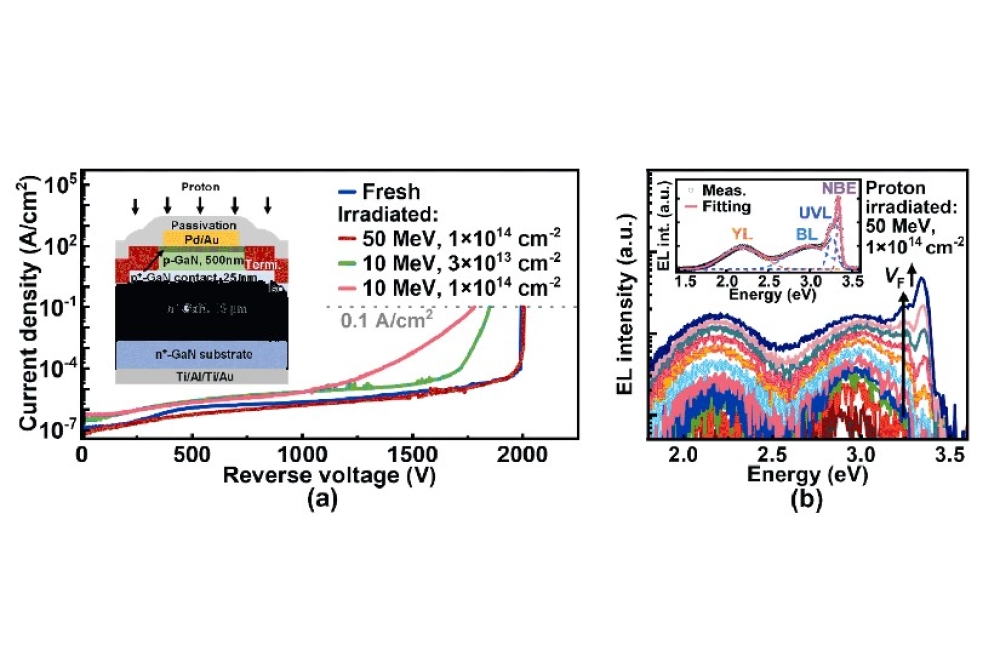ZSW and First Solar announce PV partnership

Partnership will focus on performance and potential to develop and optimise thin film tandems on a gigawatt scale.
Stuttgart-based ZSW (Zentrum für Sonnenenergie- und Wasserstoff-Forschung Baden-Württemberg) and First Solar have announced a research partnership around thin film photovoltaics (PV). The partnership will focus on performance and the potential to develop and optimise all-thin-film tandem technologies on a gigawatt scale.
Since its foundation, ZSW has developed thin film photovoltaics and processes for technology transfer based on CIGS. For over ten years, it has also been working on perovskite photovoltaics, with a focus on scaling robust processes on both rigid and flexible substrates.
US-based First Solar develops thin film photovoltaic (PV) modules at R&D labs in California and Ohio. In 2023, First Solar acquired Evolar AB, a European perovskite technology company. Evolar’s laboratory in Uppsala, Sweden, has since become First Solar’s European Technology Center, with approximately 30 of Evolar’s R&D staff transitioning to First Solar, working in close collaboration with the company’s team of about 60 scientists in Santa Clara, California, and the development teams in Perrysburg, Ohio.
Tandem solar cells are widely recognised as the next generation of photovoltaics. This is due to better usage of the solar spectrum by splitting the absorption of the sunlight in a top and a bottom cell. Furthermore, as every tandem contains at least one layer of thin film solar cells, the development of thin films is of utmost importance to the next generation of solar technologies.
Additionally thin film PV production allows for reduced supply chain challenges in parallel to optimized CO2 footprints, both of which have gained increased attention over the last years. From the material perspective, compound semiconductors are ideally suited for tandems as the bandgap can be tuned by composition engineering to match the spectral needs of top and bottom cells in tandems.
Other potential areas of research include the optical adaption of the stacked cells and the specialized charactersation techniques. The overall goal of this research partnership is to explore opportunities to make thin film modules more efficient by a better use of the solar spectrum.





